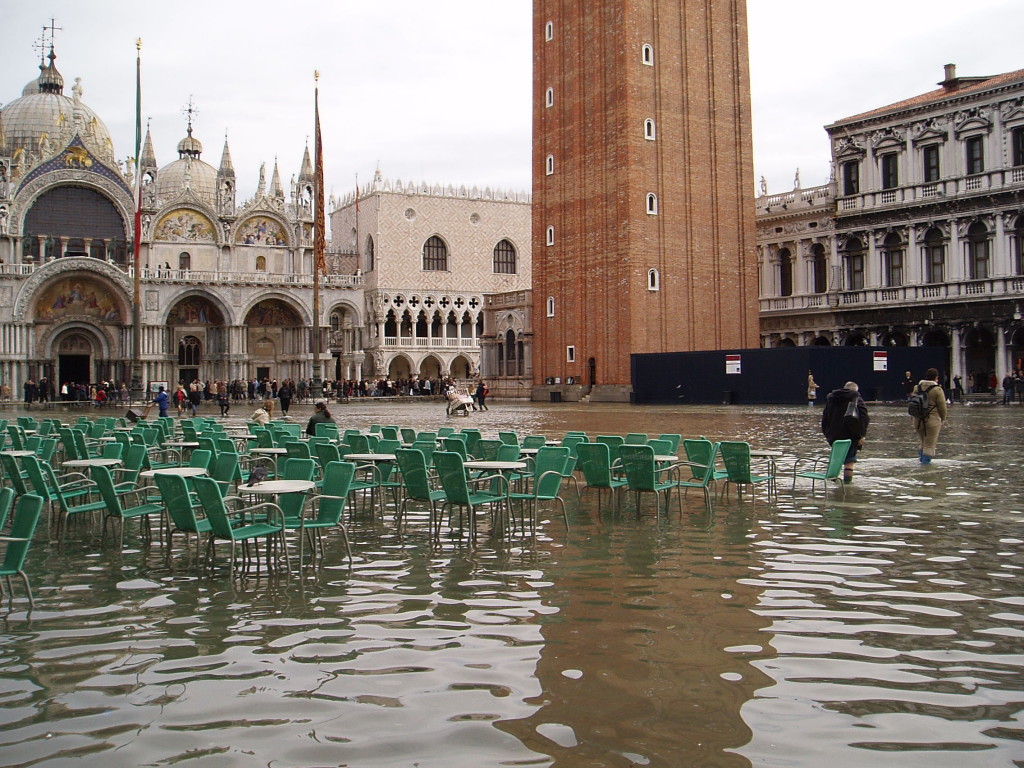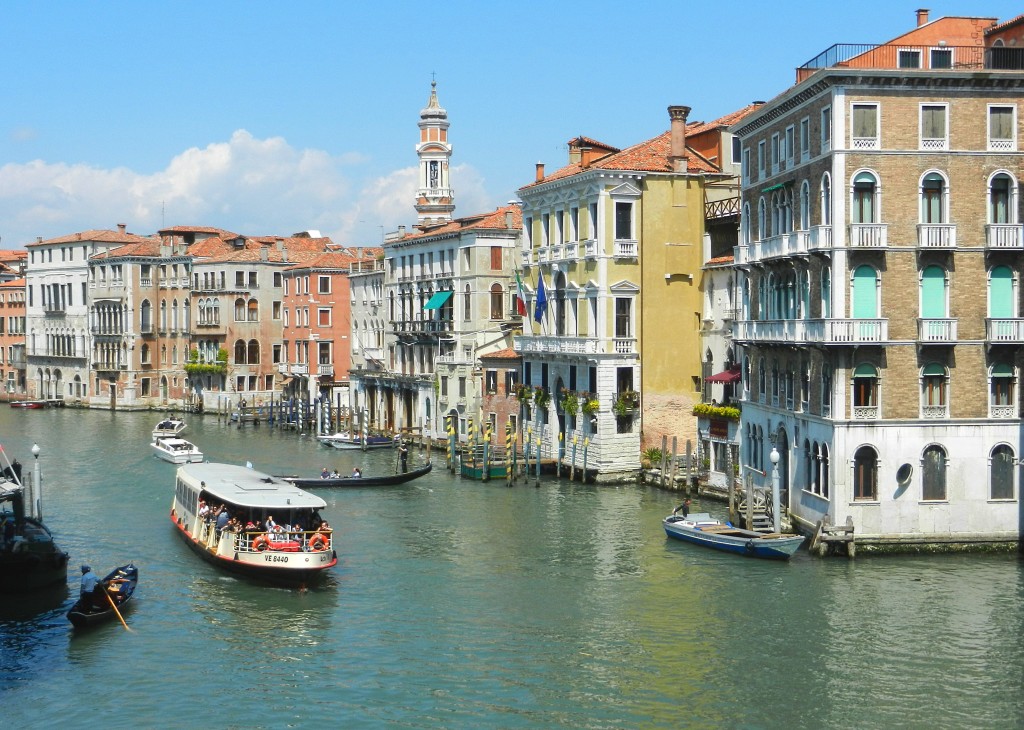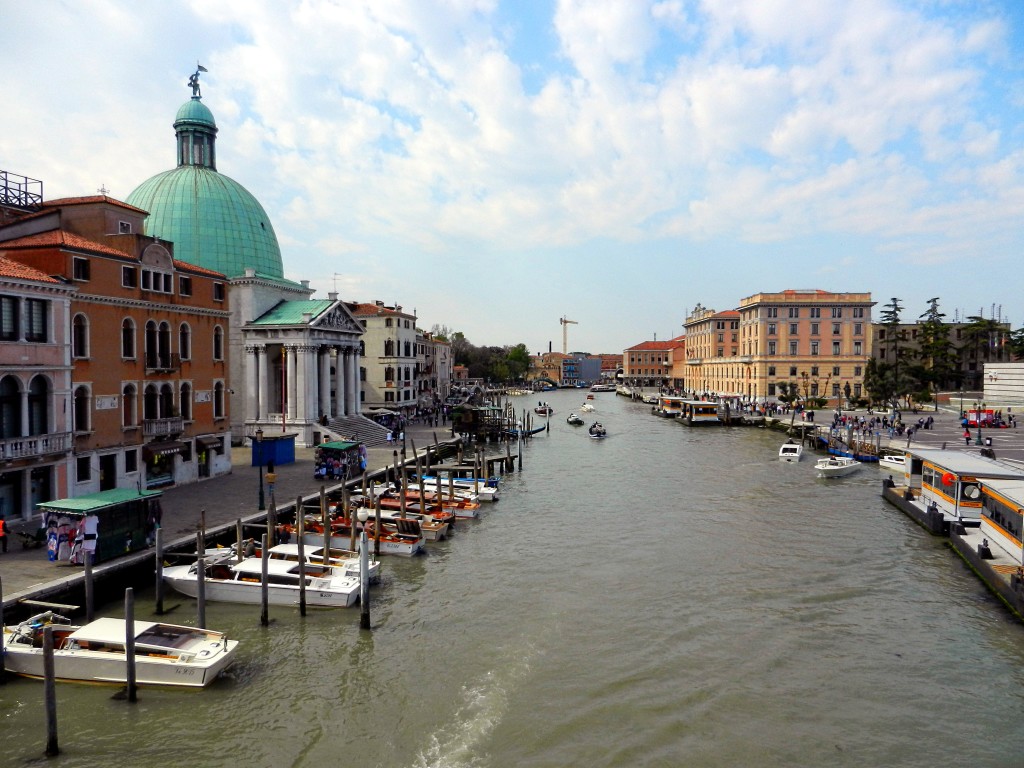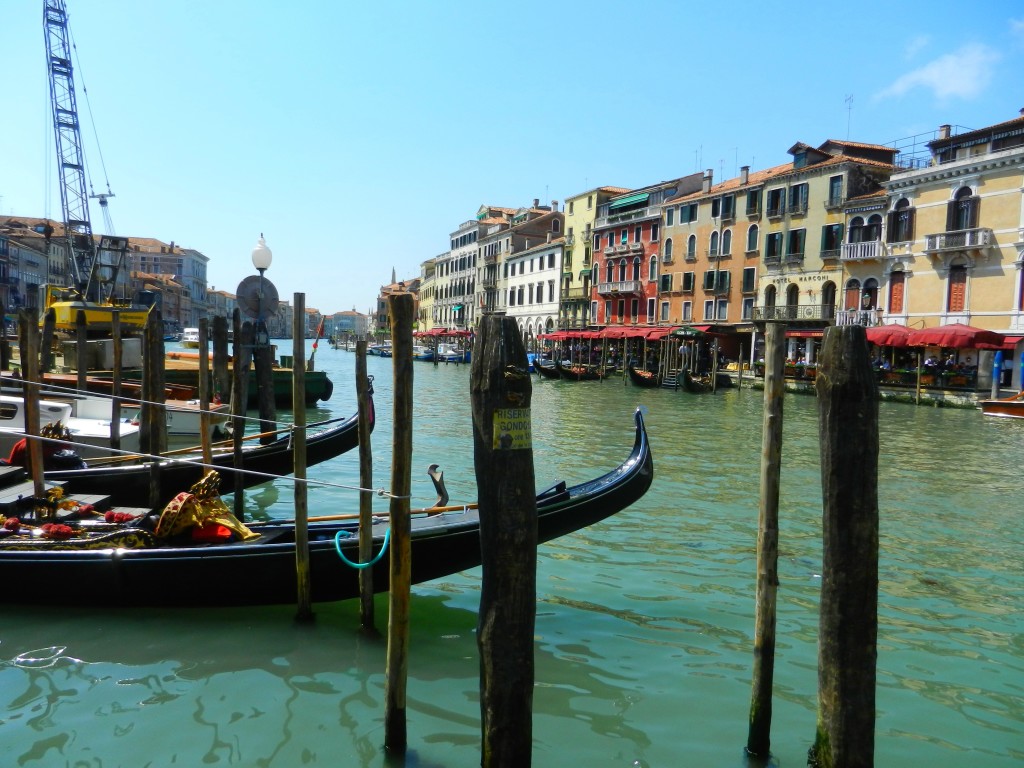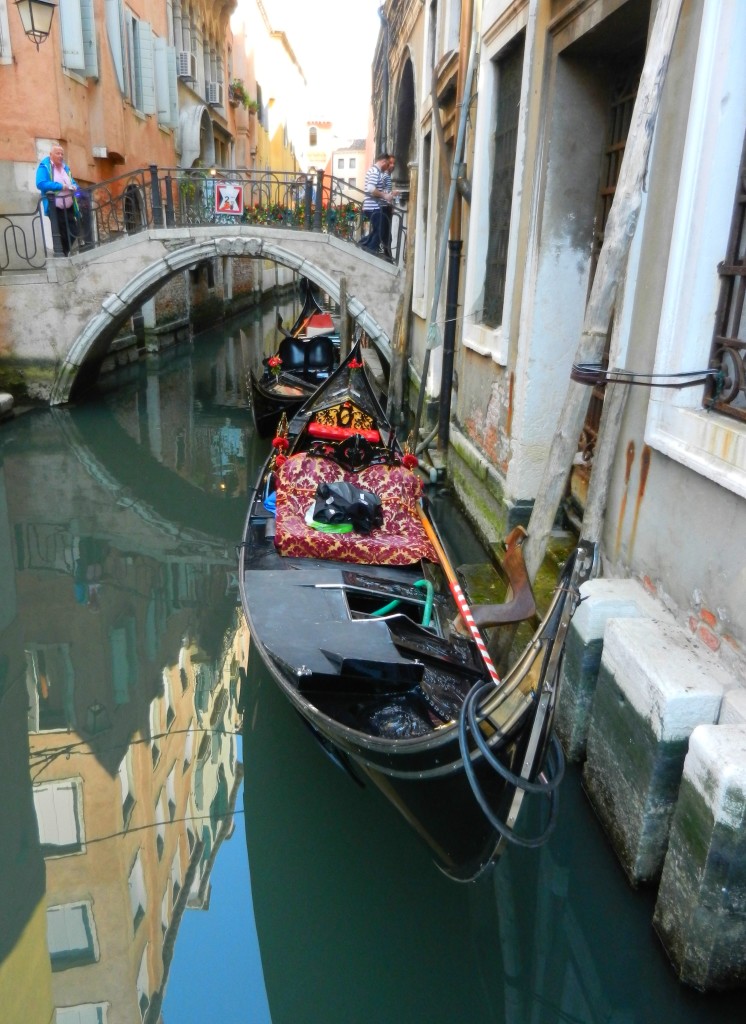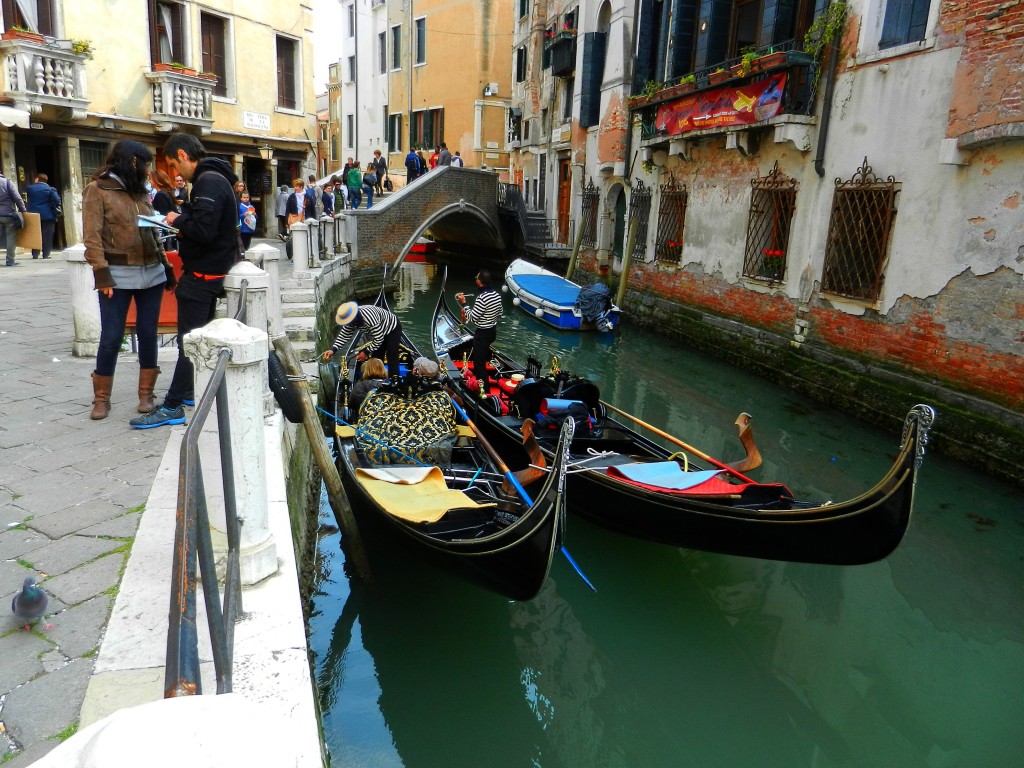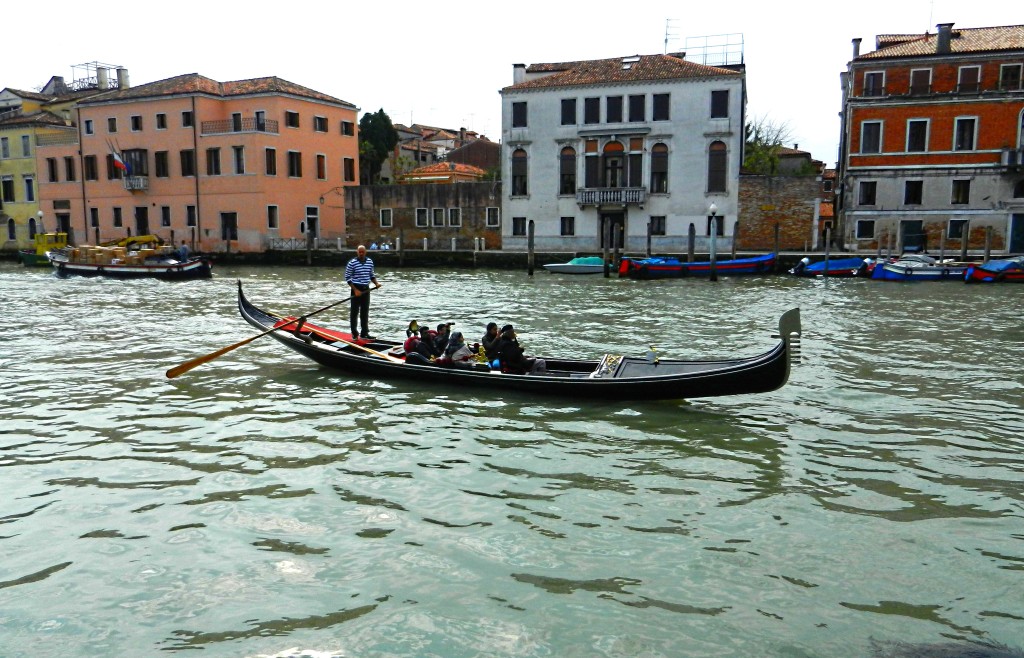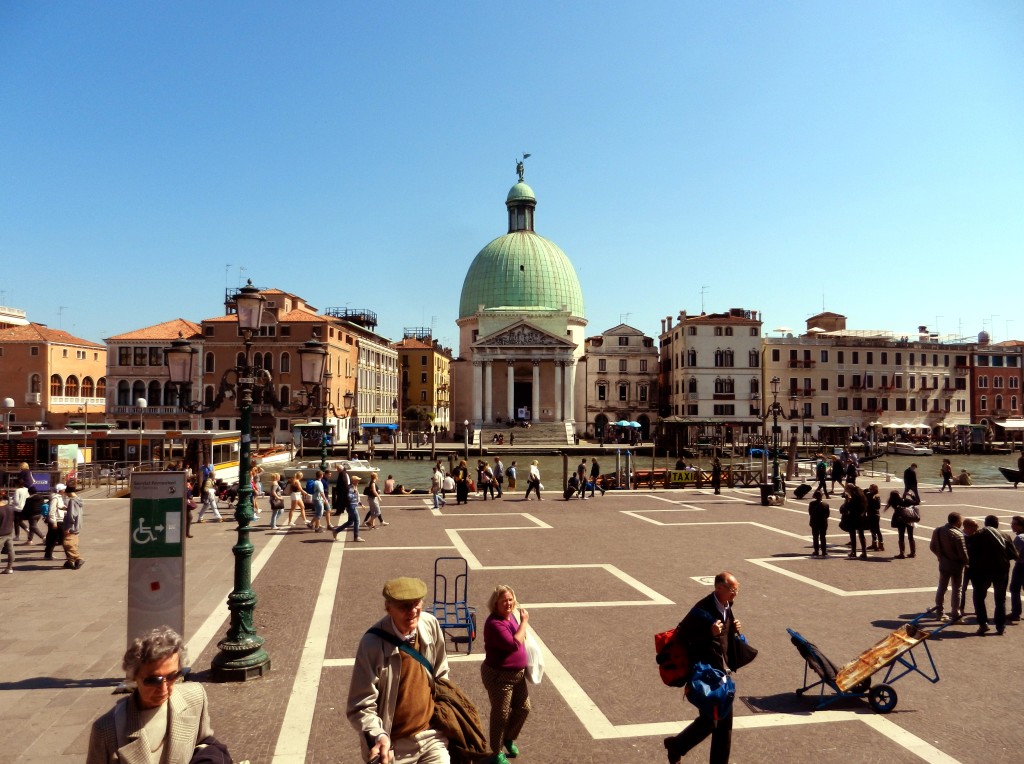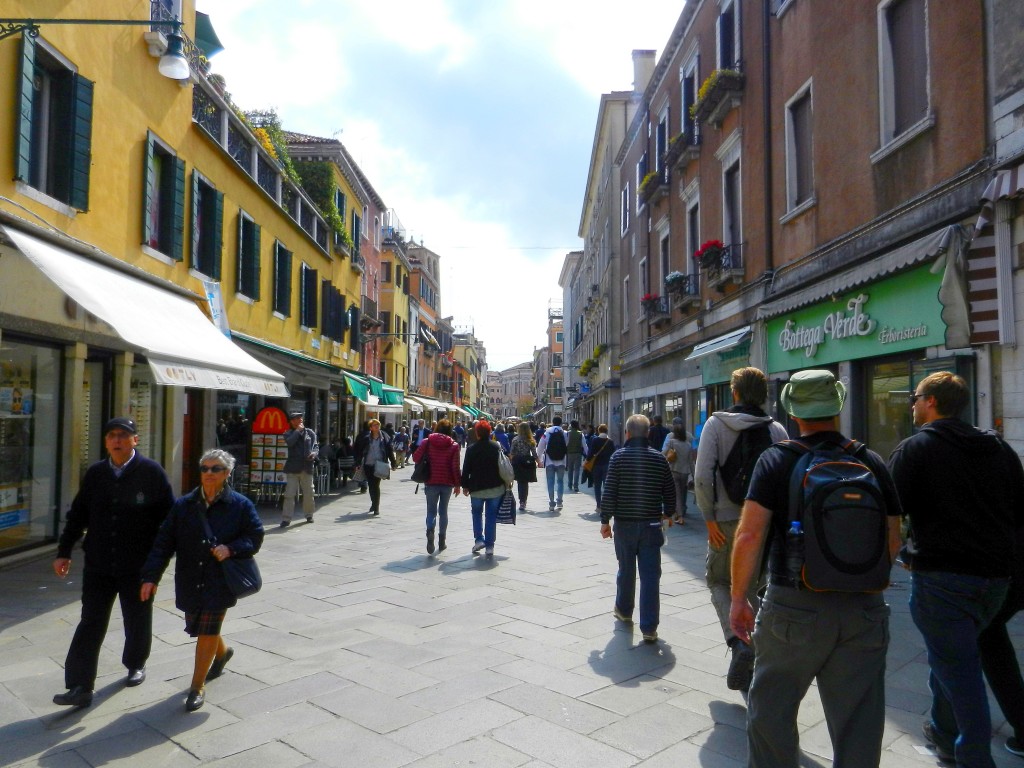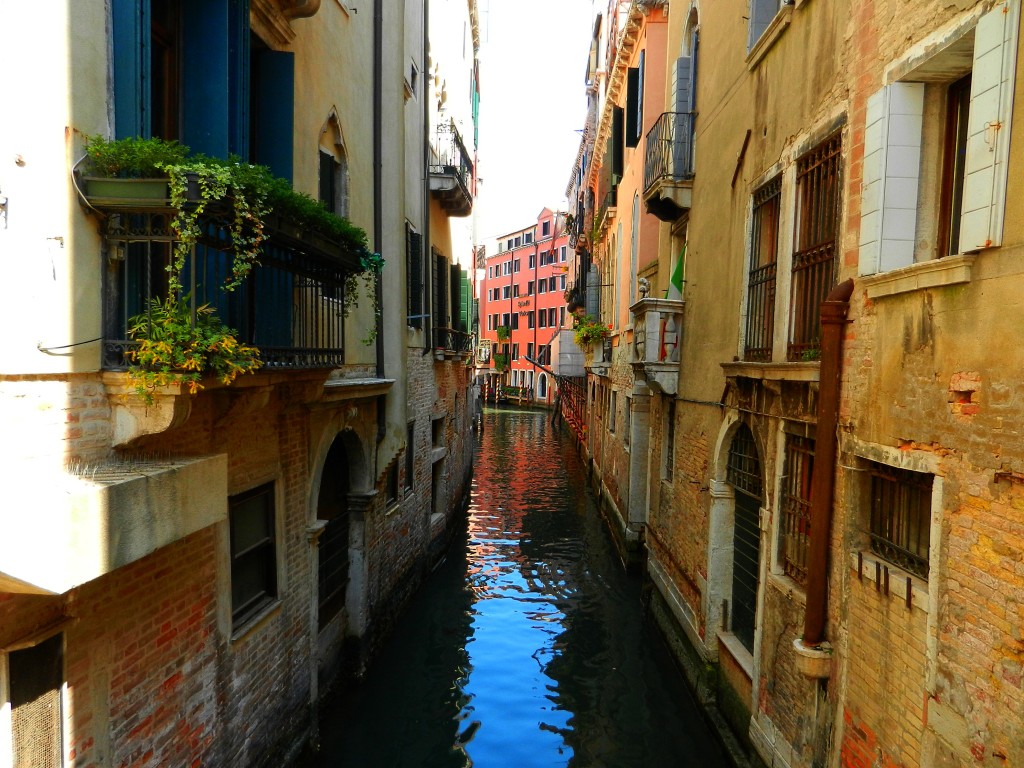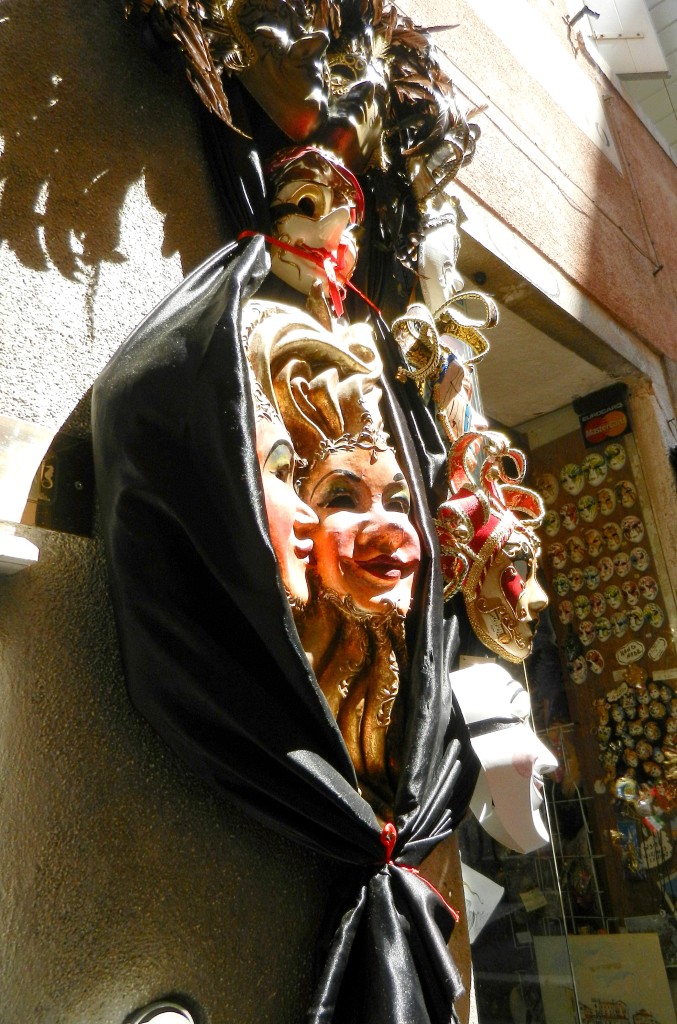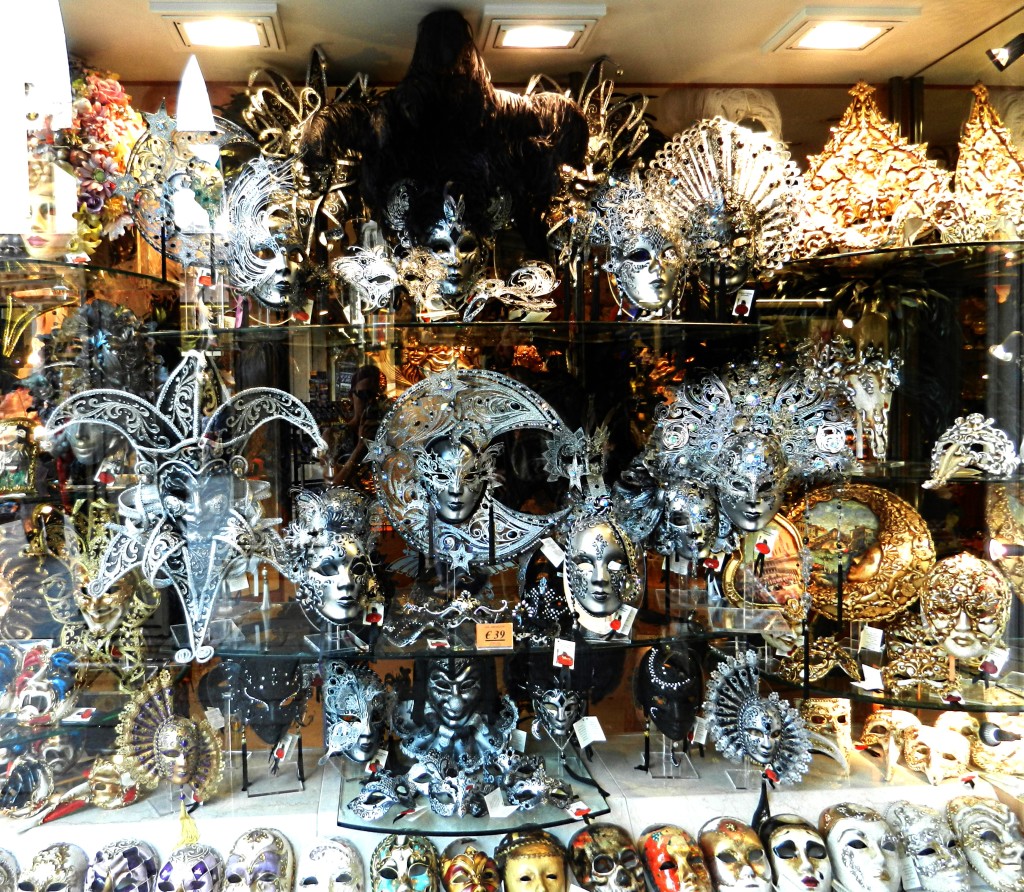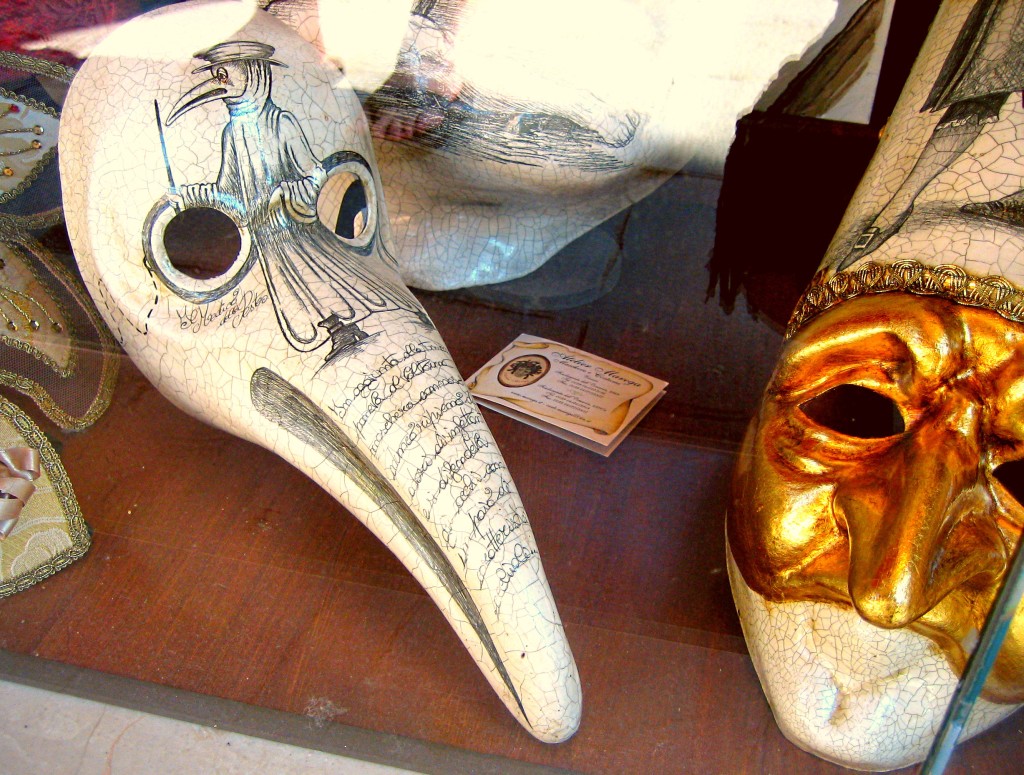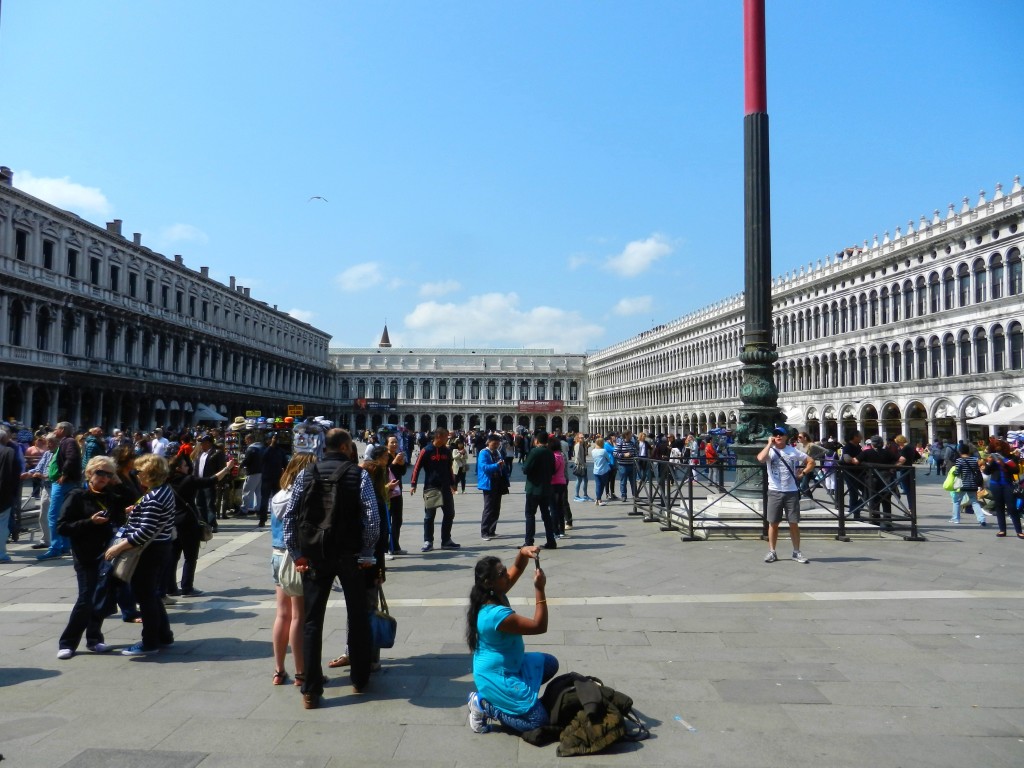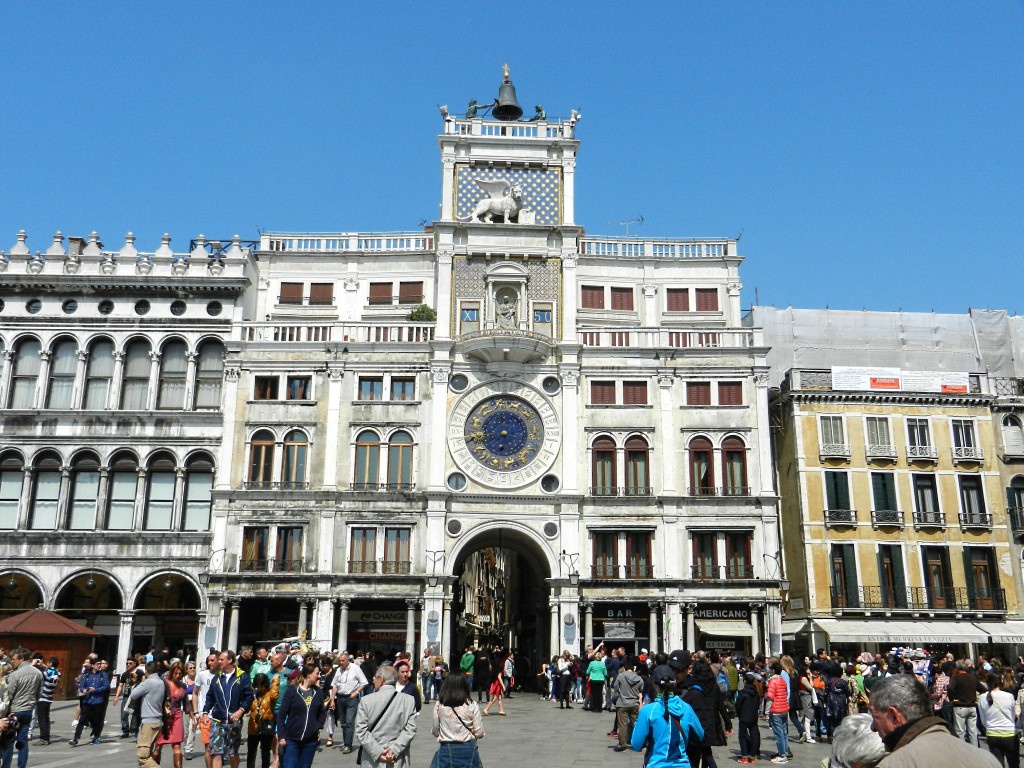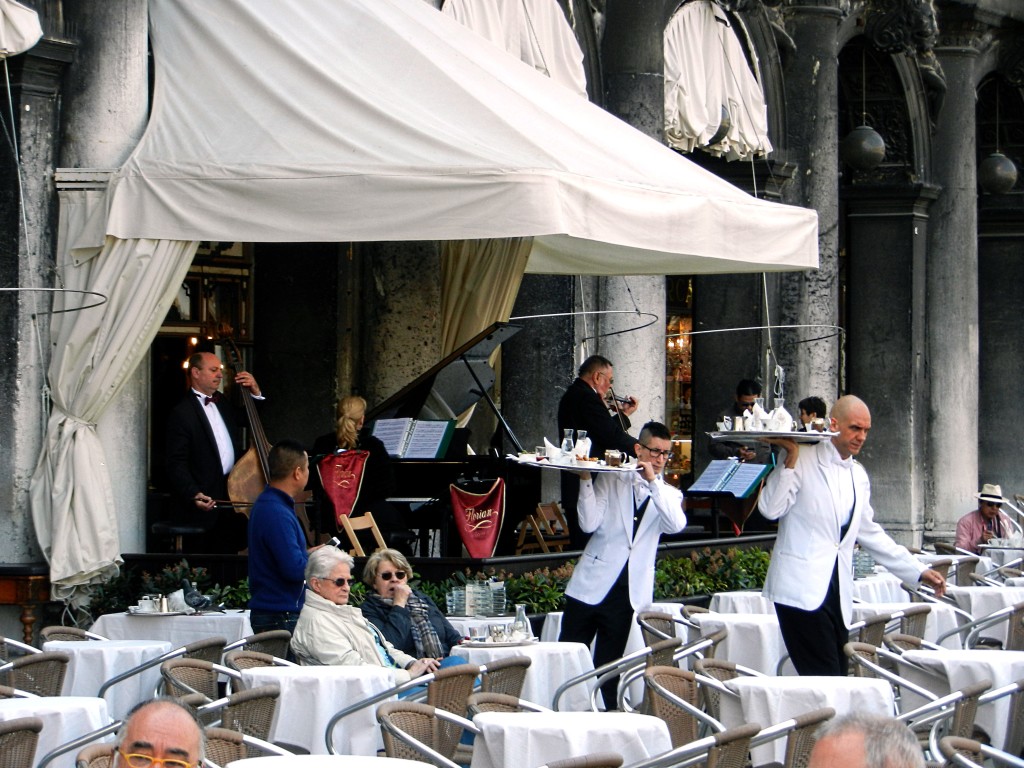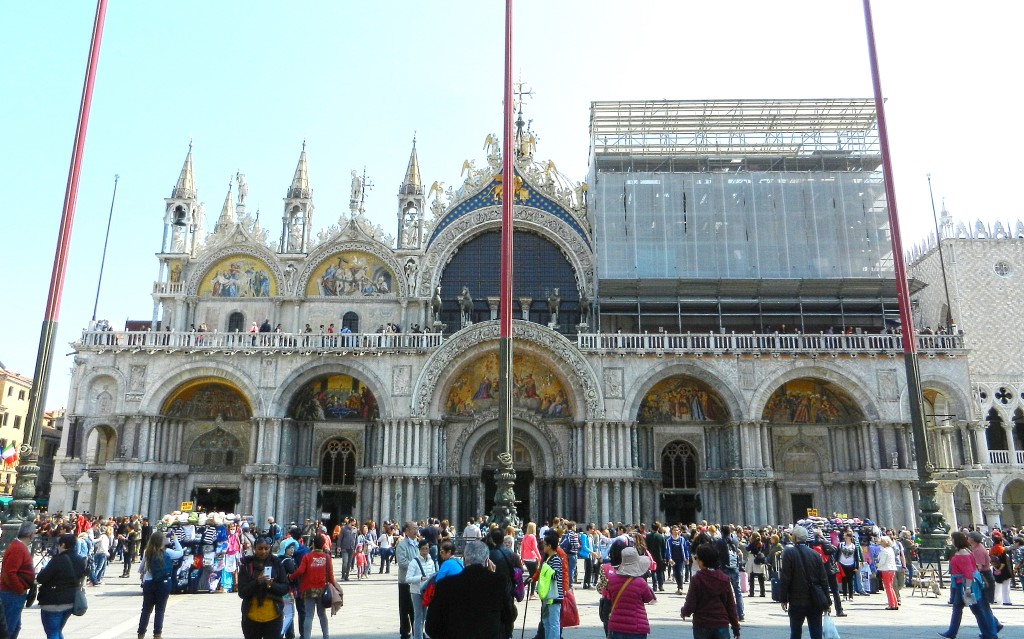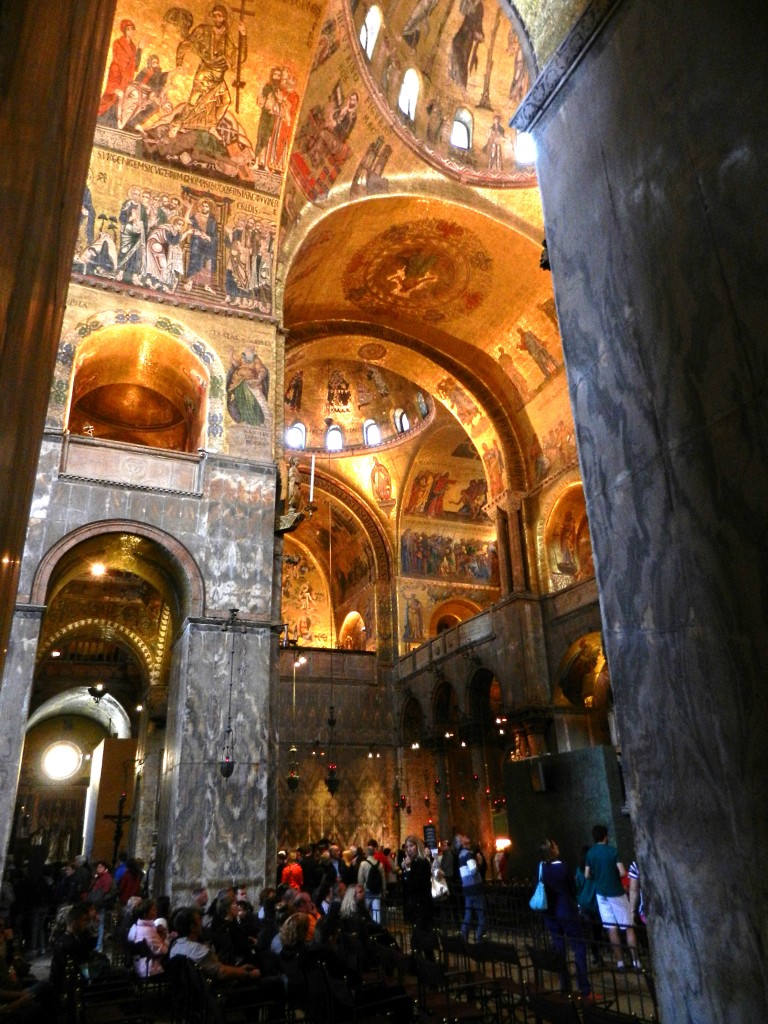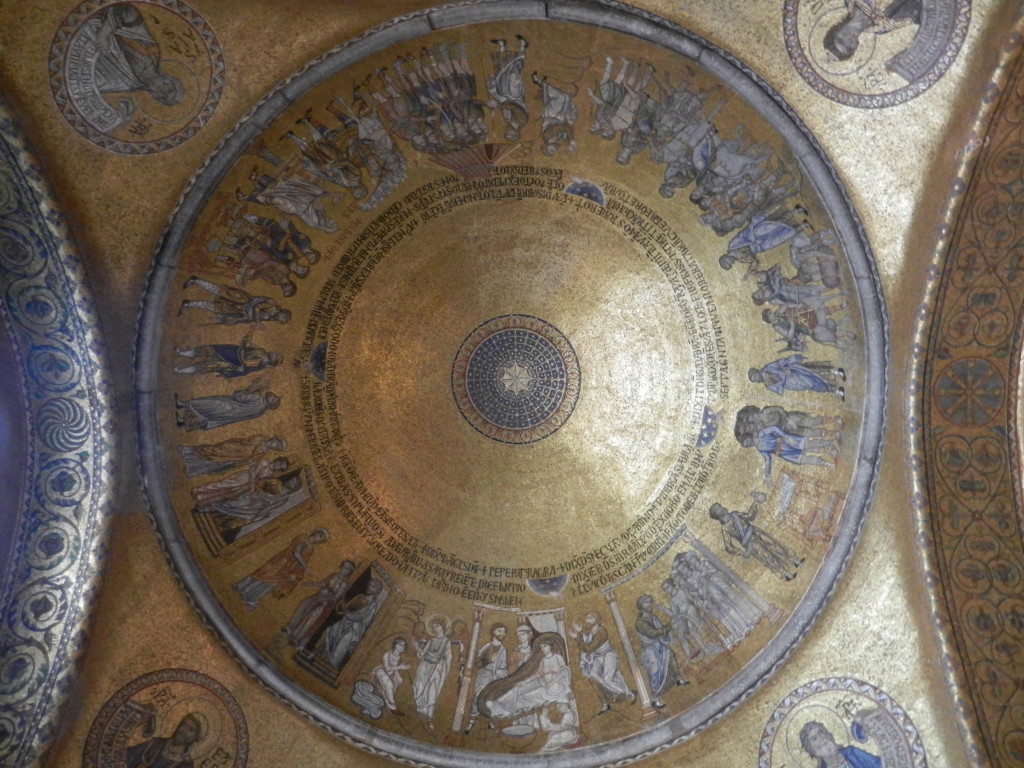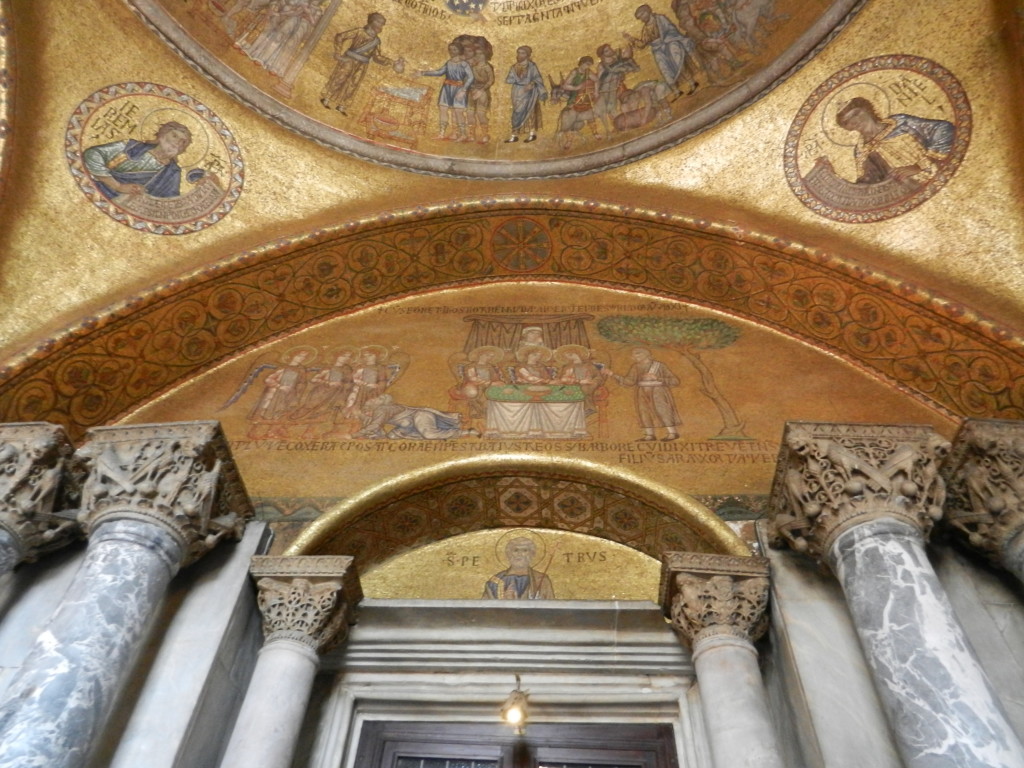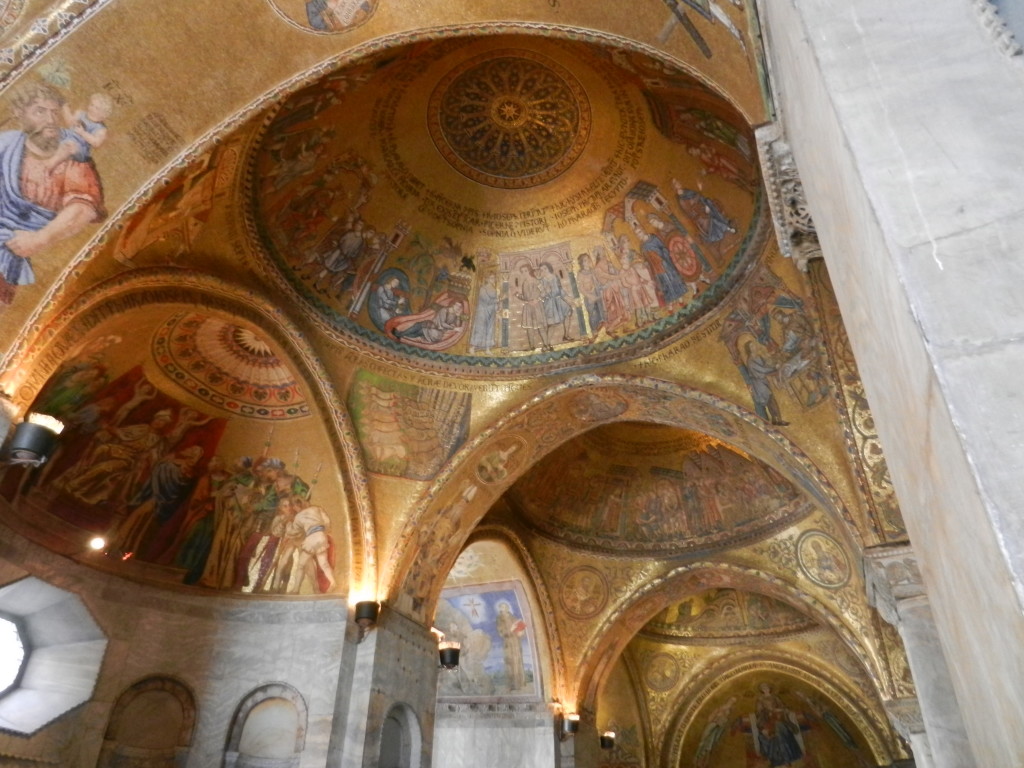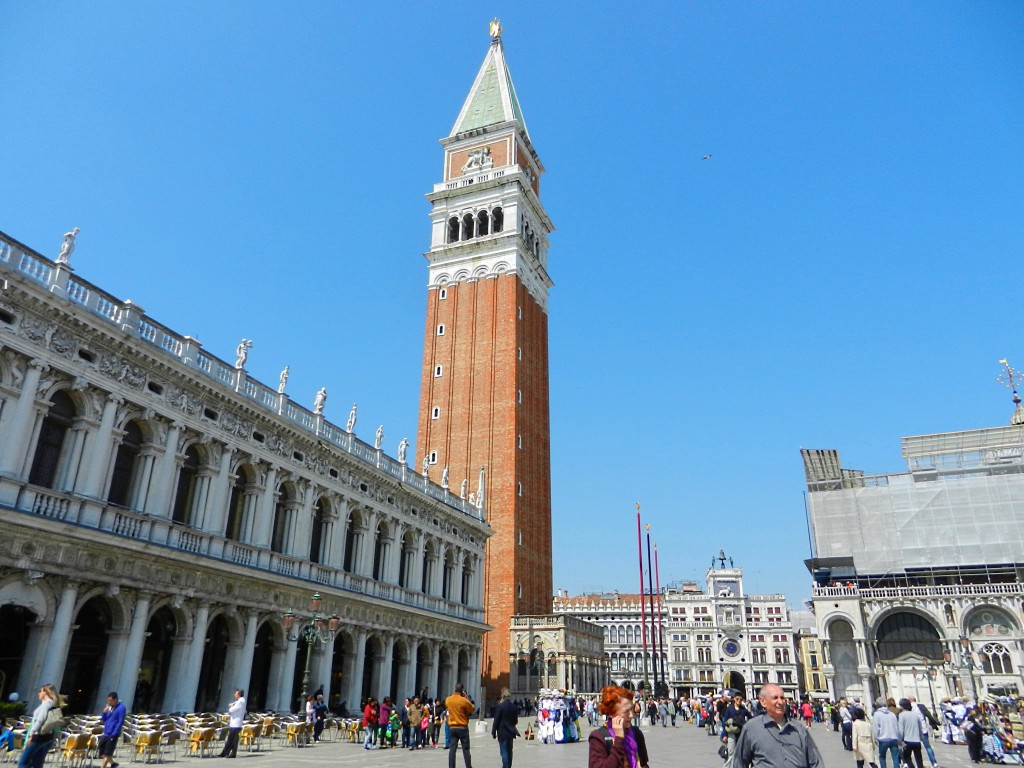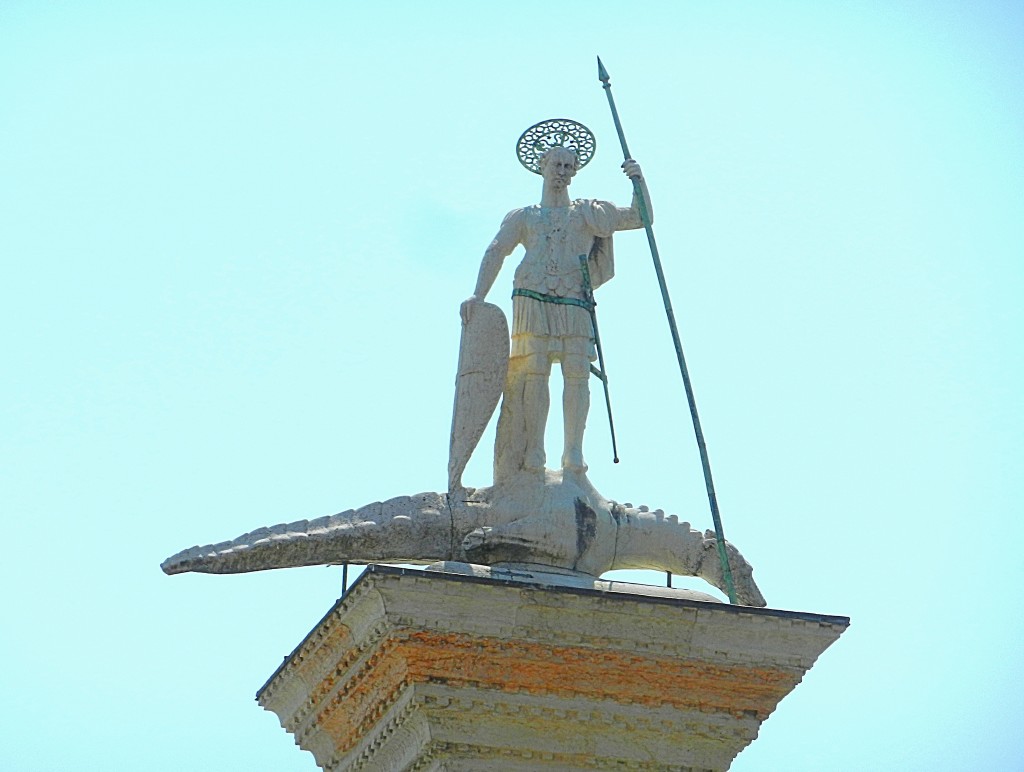Ahhh Venice… a labyrinth of stunning architecture and alluring attractions, riddled with canals and trampled by 20 million tourists each year. Everybody wants to come to Venice and realize that romantic image of Italy we have in our heads: wandering the secret campis or grand piazzas, sipping espresso at canal-side cafés, and, of course, riding the gondolas as the drivers sing, “Thiiis is the night, what a beauuutiful night…” Although the dream of Venice has long been propagated through popular media, the reality comes pretty close to meeting expectations. Like Paris or Rome, Venice is a historical masterpiece, a wealth of architectural wonders that will continue to draw the masses for years to come.
Blasting down the modern, Italian highway in our twelve-seater van, we eagerly anticipated our final stop on the family road trip: Venice. Ashleigh’s mother, Cindy, wisely decided to book a room in the nearby town of Portogruaro— only an hour-long train ride away from Venice. Rooms in Portogruaro were immensely cheaper PLUS we had the ability to park our robust road-tripping machine because there are NO CARS allowed in Venice. The train was only 6 euros and gave us a stunning preview of the “floating city” as we crossed the Liberty bridge into the heart of Venice.
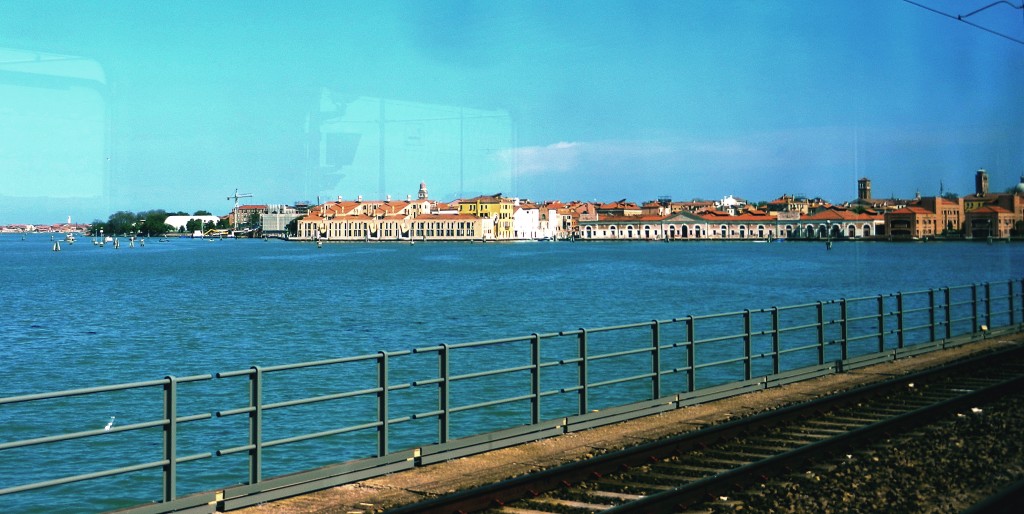
You’d think it would be insane to try and build a settlement in a festering swamp, but the Romans had no other choice. Between the 5th and 8th century B.C., Roman towns were being sacked by Hun and Gothic invaders. Refugees needed a safe haven so they founded settlements on a group of islands in a lagoon, just off of Italy’s Adriatic coast. Even though it was very difficult to build on such unstable ground, a swamp surrounded by water provided much needed protection from the barbarians, who were intent on sweeping away the ruins of the Roman Empire. By driving huge, wooden stakes into the unstable earth, the Venetian villagers were able to build foundations for their homes and used small boats, or gondolas, to visit the neighbours. Over time the settlements, spread over the whole cluster of islands, expanded and joined together, thus establishing the “floating city” of Venice.
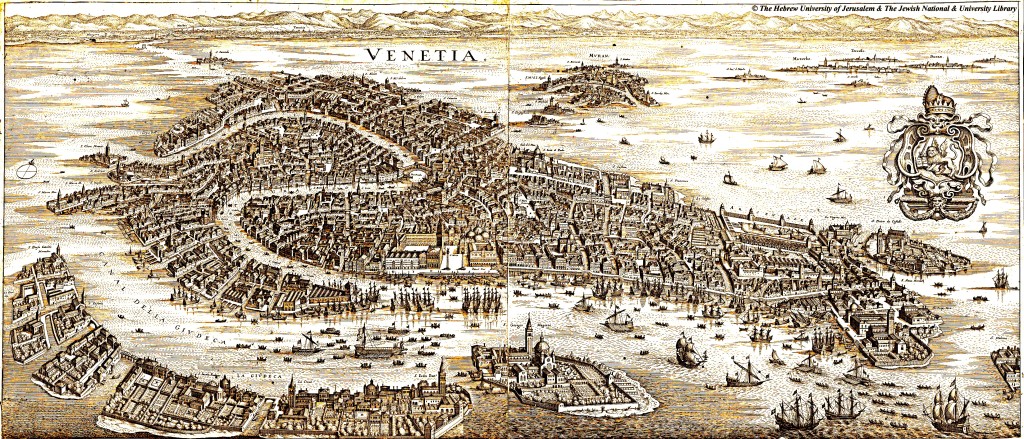
Yes, the Venice of today is a collection of 117 islands in a swamp, interconnected by 400 arching bridges. You’d think that a city without any cars would be quite peaceful, but you would be wrong. The canals are the highways of Venice, jam-packed with bumper to bumper Traghettos, Vaporettos, Burchiellos, Topettas, Gondolas, Kayaks and every other watercraft you can imagine (see the Nine Ways to Ride a Boat in Venice). Every ferryman and gondolier struggles to carve a path through the tangle of aggressive boaters, a maneuver that takes considerable skill.
On land, the crowds are just as unbearable. Stepping out of the train station and on to the cobblestone streets we skirmished with swarming crowds of other tourists, coming in tsunamis from every direction. It was only the beginning of the high season and we found the crowds to be the biggest obstacle of our day. The second major obstacle was trying to figure out how to get from point A to B. Venice is a massive city with jagged alleyways between seemingly random formations of buildings. Often times we found ourselves blocked by a canal and looking for the bridge crossing. Nevertheless, finding your way through this random maze is all part of the fun.
Apart from charming alleyways and romantic gondola rides, Venice is world-famous for its Carnival. The Venetian Carnival is an annual festival that has been celebrated since 1162. Between January 23rd and Febuary 9th the winter gloom is frightened away by brightly coloured banners, rambunctious music, and bizarre costumes. Though we weren’t there for the festival itself, we saw plenty of the iconic, Venetian masks. Everything from feathered goddesses to big-nosed goblins decorated most tourist shop windows. Being a mask-maker in Venice is a time honoured and venerated position and they take their work very seriously, producing intricate works of outlandish beauty.
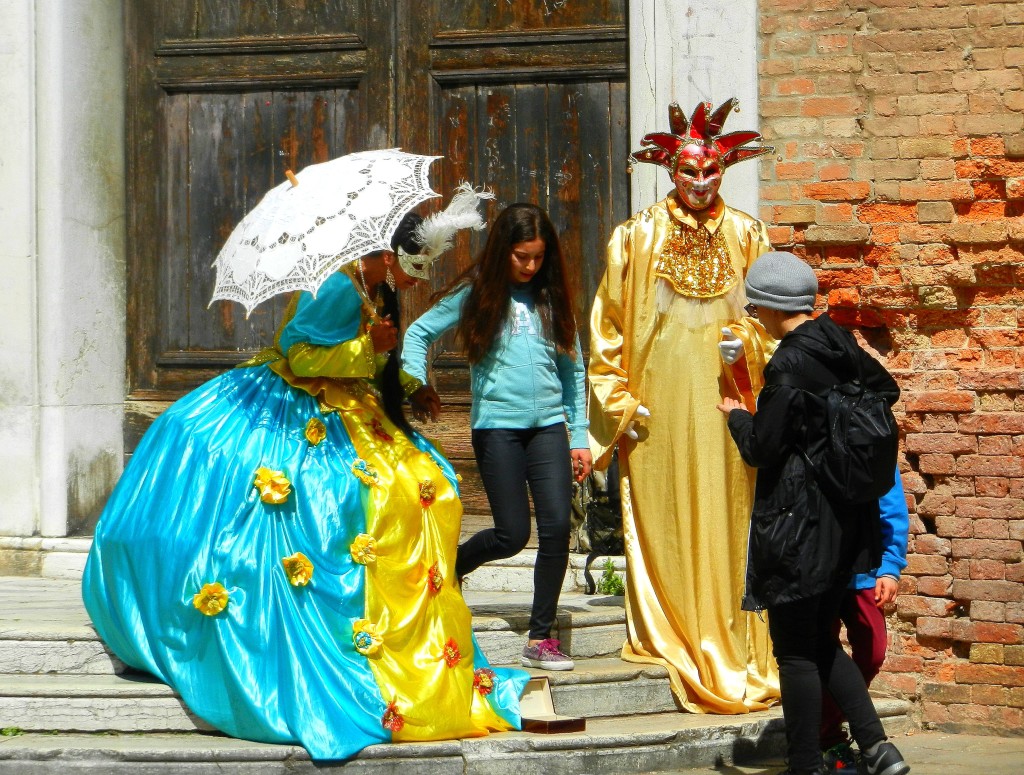
The main quest for the day was to make it from the Santa Lucia train station all the way to Saint Mark’s square: the social, religious and political centre of Venice. After 45 mins or so of winding along the Grand Canal, crossing at least eight more baby canals, we reached what is considered to be one of the greatest squares in the world. Piazza San Marco is a massive plaza flanked by columned arcades along with the magnificent bell tower and basilica of St. Mark. The architectural beauty and energy in this place was mesmerizing, and we enjoyed simply taking a stroll through the arcade. High-end shops gleamed from under the canopies, displaying unattainable goods on lofty pedestals. Classy cafés, often featuring live orchestras, serviced wealthy tourists with nimble waiters buzzing around them like bees.
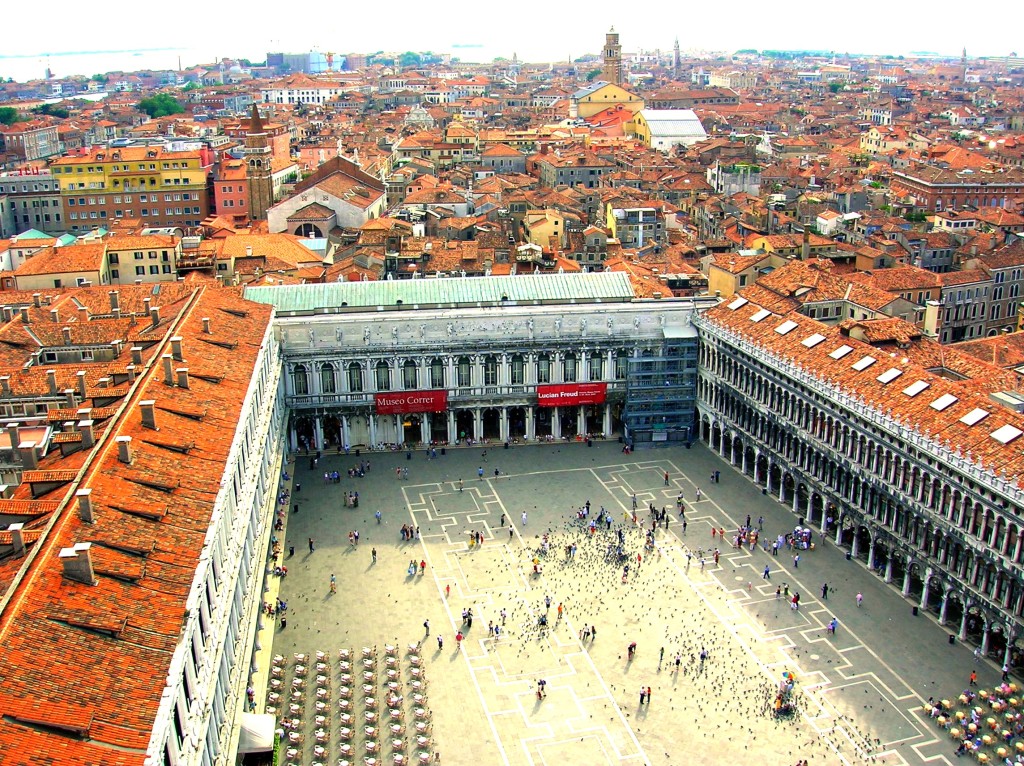
St. Mark’s Basilica stands out at the head of the square with its five arched portals, Byzantine-style domes, and detailed mosaics surrounded by marble columns. While we were thoroughly impressed at that point, as soon as we entered the Basilica our minds were blown. Gazing up into the yawning canopy, 8000 square metres of golden décor glittered back at us in the most beautiful waste of tax-payer’s dollars I have ever seen. This vast amount of gleaming, gold and jewelled mosaics bestowed the cathedral with a second name, the Chiesa d’Oro, or “Church of Gold.”
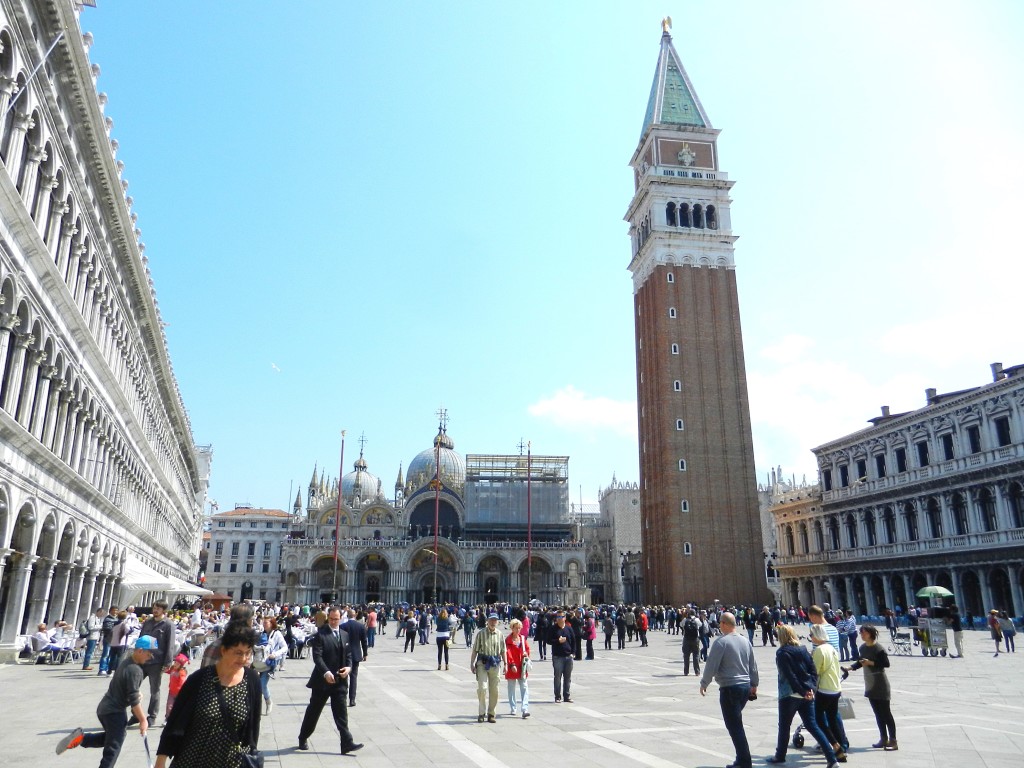
St. Mark’s Square also gives access to the Venetian Port, overlooked by a statue of St. George the Dragon-slayer. Walking along the promenade you can find the Doge’s Palace, facing the sea and the Church of San Giorgio Maggiore on an island across the channel. Basking in the open atmosphere of St. Mark’s square and its harbour was a perfect way to end our congested, meandering expedition through Venice.
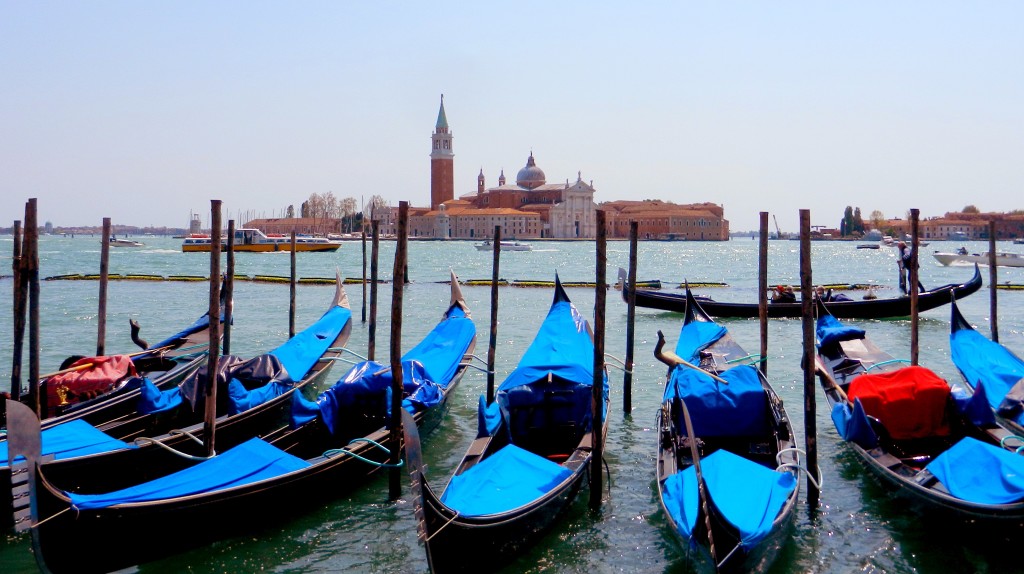
Venice is a marvellous city, aged and grimy but exquisite, like a tarnished, antique pocket watch. It’s an engineering feat like no other, a timeless work of art that will last in our hearts and minds long after it has sunk beneath the waves. Oh, did I forget to mention that Venice is sinking? With sea levels rising, the poor Venetians have to wade their way to work five times a year because of extreme flooding. Many citizens have permanently abandoned what was their family homes for centuries and left Venice for the mainland. Though there have been countermeasures put in place to slow the flooding, this unique, floating city may one day become a lost legend underneath the waves. Beat the rising water and come to Venice; it may be over saturated but it certainly isn’t overrated!
